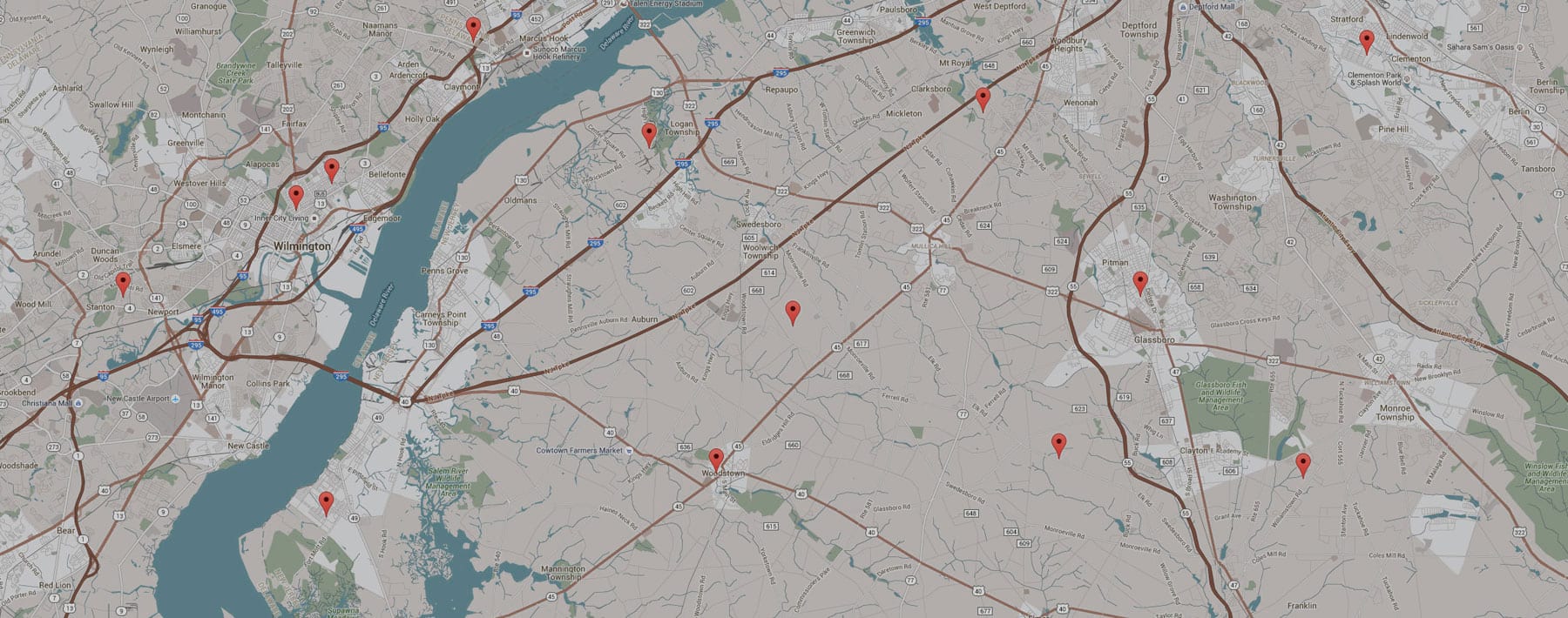
Tackling Medical Staff Shortages in Regional Australia
[ad_1]
In a recent interview with Nadia Mitsopoulos, Federal Health Minister Mark Butler shed light on the severe shortage of medical staff in regional Australia and the steps the government is taking to address this ongoing issue. As the healthcare workforce crisis intensifies, the conversation focused on the challenges faced by rural communities, the changing dynamics of medical work post-COVID, and the policy levers being explored to attract more doctors and nurses to regional areas.
The Dire Situation in Regional Australia
According to Minister Butler, the shortage of medical professionals in regional Australia has reached a critical point, exacerbated by the global health workforce crunch following the COVID-19 pandemic. The exhaustion and trauma experienced by healthcare workers, coupled with early retirements, have further strained the availability of medical staff in rural communities.
Changing Dynamics Post-COVID
One notable change observed is the shift in how doctors, especially GPs and psychiatrists, approach their work. The work-from-home phenomenon, now prevalent across various industries, has influenced the medical field.
Many medical professionals are opting for locum work, a fly-in, fly-out approach from major cities to rural communities, providing a temporary solution but lacking the continuity of care that a permanent local GP would offer.
Policy Levers and Financial Incentives
To combat the shortage, the government has implemented financial incentives, with increased remuneration for doctors working in remote areas, particularly those with additional skills in emergency medicine, mental health, or obstetrics. Additionally, recent legislation aims to alleviate the burden of university debt for graduating doctors and nurse practitioners who commit to working in rural communities.
Working Better for Medicare Review
Minister Butler announced a comprehensive review, the Working Better for Medicare Review, to assess the existing system that allows communities to recruit overseas-trained doctors. The review will explore expanding the areas where overseas-trained doctors can practice, addressing concerns about the limitations in place for rural and peri-urban communities.
Challenges and Solutions
Challenges include the high cost of living and the need to incentivise healthcare professionals to choose regional placements voluntarily. Minister Butler emphasised the importance of financial incentives, stating that positive payments and debt forgiveness for university education are key strategies to attract and retain medical staff in regional areas.
Expanding Roles for Nurses
Acknowledging the crucial role nurses play in the healthcare system, Minister Butler highlighted ongoing efforts to break down glass ceilings and allow nurses to work at the top of their scope of practice. Better utilisation of the skills of all health workers, including nurses, is seen as a strategy to address the shortage.
As the government works on multifaceted solutions to the healthcare workforce shortage, it’s clear that financial incentives and policy adjustments are critical. For communities in need of Perth ceilings fixer and installers, consider reaching out to Perth Ceiling and Walls for professional services.
Building a stronger healthcare workforce in regional Australia requires collaboration, innovative policies, and community support.
[ad_2]
Source link


